I am working with openCv and python and I am dealing with Structural Analysis and Shape Descriptors. I have found this blog: http://opencvpython.blogspot.it/2012/06/contours-2-brotherhood.html that's very helpful and I have tried with a black and white image to drawing a bounding rectangle and it works. But now from an image i extract, for example, the yellow color and on that i would like to draw a bounding rectangle. The problem is that the black and white image is not uniform it has some noise and like that the code doesn't recognize the whole shape.



And this is the code:
import numpy as np
import cv2
im = cv2.imread('shot.bmp')
hsv_img = cv2.cvtColor(im, cv2.COLOR_BGR2HSV)
COLOR_MIN = np.array([20, 80, 80],np.uint8)
COLOR_MAX = np.array([40, 255, 255],np.uint8)
frame_threshed = cv2.inRange(hsv_img, COLOR_MIN, COLOR_MAX)
imgray = frame_threshed
ret,thresh = cv2.threshold(frame_threshed,127,255,0)
contours, hierarchy = cv2.findContours(thresh,cv2.RETR_TREE,cv2.CHAIN_APPROX_SIMPLE)
cnt=contours[0]
x,y,w,h = cv2.boundingRect(cnt)
cv2.rectangle(im,(x,y),(x+w,y+h),(0,255,0),2)
cv2.imshow("Show",im)
cv2.waitKey()
cv2.destroyAllWindows()
